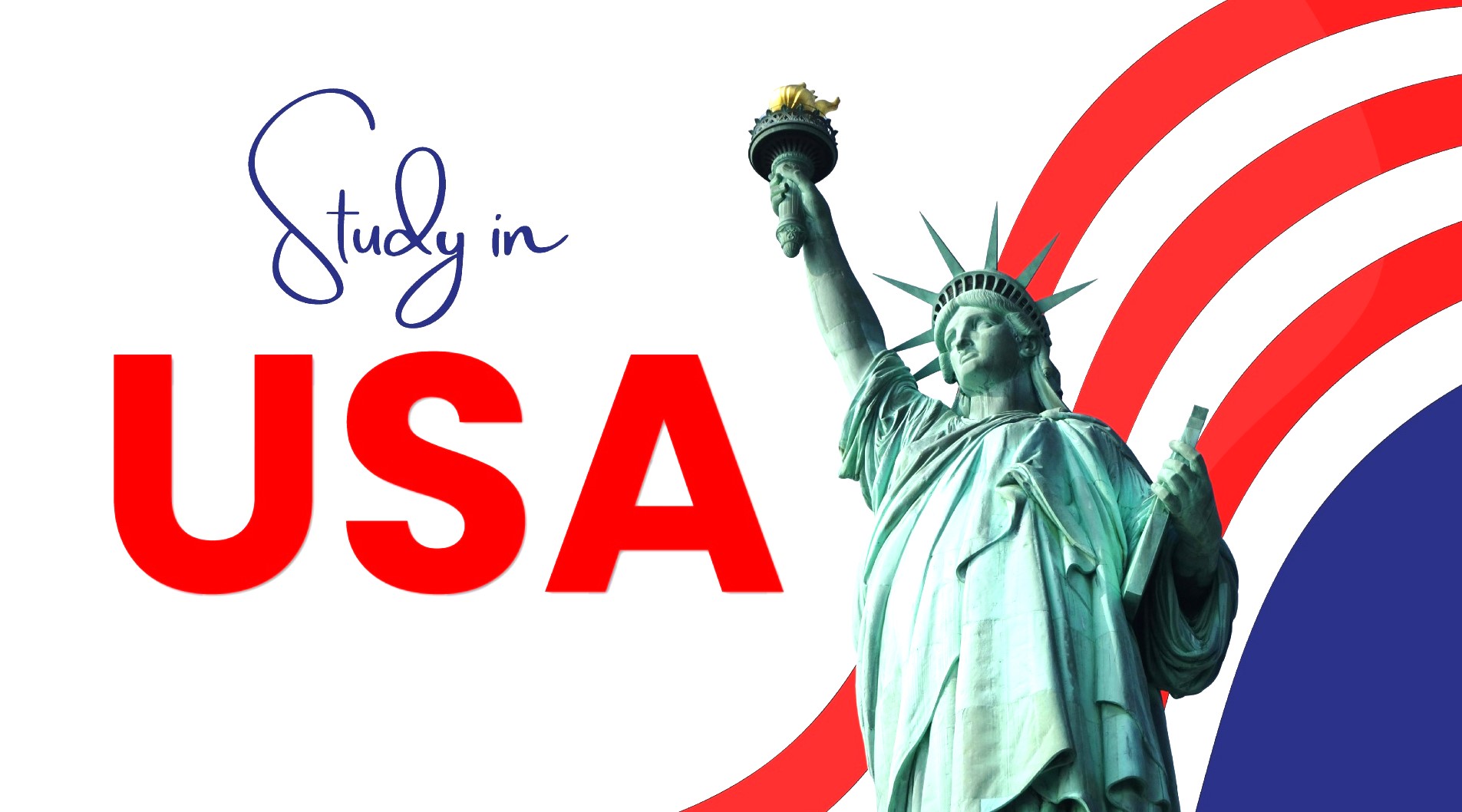
USA Student Visa (F1 Category)
The United States is a sought-after destination for international students seeking world-class education and diverse opportunities. One of the primary visas for students wishing to study in the U.S. is the F1 student visa. This article delves into the F1 visa, covering its purpose, eligibility requirements, application process, and essential tips for prospective students.
What is the F1 Visa?
The F1 visa is a non-immigrant visa that allows international students to enter the United States to attend a full course of study at accredited institutions. These institutions include universities, colleges, high schools, private elementary schools, seminaries, conservatories, and other academic institutions, as well as language training programs. The F1 visa is designed for students enrolled in programs that require more than 18 hours of study per week.
Eligibility Requirements
To qualify for an F1 visa, applicants must meet several key requirements:
- Admission to an Accredited Institution: You must be accepted into a Student and Exchange Visitor Program (SEVP)-approved institution in the United States.
- Full-Time Enrollment: You must be enrolled as a full-time student in an academic program or language training course.
- Proficiency in English: You must demonstrate proficiency in English or be enrolled in courses leading to English proficiency.
- Sufficient Financial Support: You must provide proof of sufficient funds to cover tuition, living expenses, and other costs for the duration of your stay.
- Intent to Return Home: You must show intent to return to your home country upon completion of your studies.
Application Process
The F1 visa application process involves several steps:
- Obtain Form I-20: After being accepted by an SEVP-approved institution, you will receive a Form I-20, “Certificate of Eligibility for Nonimmigrant Student Status,” from your school. This form contains your SEVIS (Student and Exchange Visitor Information System) ID number and important details about your program of study.
- Pay the SEVIS Fee: You must pay the SEVIS I-901 fee, which funds the SEVIS program. Keep your payment receipt as it will be required for your visa interview.
- Complete the DS-160 Form: Fill out the online DS-160 visa application form. This form requires detailed personal information, travel plans, and reasons for studying in the U.S. Be sure to print the DS-160 confirmation page.
- Schedule a Visa Interview: Schedule an interview appointment at the nearest U.S. embassy or consulate. Visa interview wait times vary, so it is advisable to schedule your interview as early as possible.
- Gather Required Documents: Prepare the necessary documents for your interview, including:
- A valid passport
- Form I-20
- DS-160 confirmation page
- SEVIS fee payment receipt
- Visa application fee receipt
- Passport-sized photographs (as per embassy specifications)
- Academic transcripts, diplomas, degrees, or certificates
- Standardized test scores (e.g., TOEFL, IELTS, GRE, GMAT)
- Financial evidence showing sufficient funds for tuition and living expenses
- Proof of ties to your home country (e.g., family, job, property)
- Attend the Visa Interview: During the interview, a consular officer will ask about your academic plans, financial situation, and intent to return to your home country after your studies. Be honest, confident, and well-prepared.
- Visa Issuance and Arrival in the U.S.: If your visa is approved, you will receive your passport with the F1 visa stamp. You can then make travel arrangements to the U.S. You may enter the U.S. up to 30 days before your program start date listed on Form I-20.
Maintaining F1 Visa Status
Once in the United States, it is essential to maintain your F1 visa status by adhering to the following guidelines:
- Enroll in Full-Time Courses: Maintain full-time enrollment and make normal progress toward completing your course of study.
- Keep Your Documents Updated: Ensure your passport, visa, and Form I-20 remain valid. Report any changes in personal or academic status to your designated school official (DSO).
- Work Restrictions: F1 students are generally allowed to work on-campus for up to 20 hours per week during the academic year and full-time during breaks. Off-campus employment requires authorization from the U.S. Citizenship and Immigration Services (USCIS).
- Travel and Re-entry: If you plan to travel outside the U.S. during your studies, make sure to obtain the necessary travel signatures on your Form I-20 and check the requirements for re-entry.
- Grace Period: Upon completing your program, you have a 60-day grace period to prepare for departure, transfer to another institution, or apply for Optional Practical Training (OPT).
Optional Practical Training (OPT)
Optional Practical Training (OPT) is a program that allows F1 students to work in the U.S. for up to 12 months in a field related to their major area of study. Students in STEM (Science, Technology, Engineering, and Mathematics) fields may be eligible for a 24-month extension of OPT. To apply for OPT, students must receive a recommendation from their DSO and file Form I-765, “Application for Employment Authorization,” with USCIS.
Common Challenges and Solutions
While the F1 visa process is straightforward, students may encounter challenges such as visa denials, financial difficulties, or academic issues. Here are some solutions to common problems:
- Visa Denial: If your visa application is denied, understand the reasons for denial, address the issues, and reapply if possible. Common reasons for denial include insufficient ties to the home country, inadequate financial resources, or unclear academic plans.
- Financial Difficulties: Seek scholarships, grants, or on-campus employment opportunities to supplement your finances. Many institutions offer financial aid to international students.
- Academic Issues: Utilize campus resources such as academic advisors, tutoring centers, and support services to help you succeed in your studies. Engage in extracurricular activities to enhance your overall experience.
Conclusion
The F1 student visa opens doors to unparalleled educational opportunities in the United States. By understanding the application process, maintaining your visa status, and making the most of your academic journey, you can achieve your educational and career goals. Remember to stay informed, seek support when needed, and embrace the enriching experience of studying in the U.S.